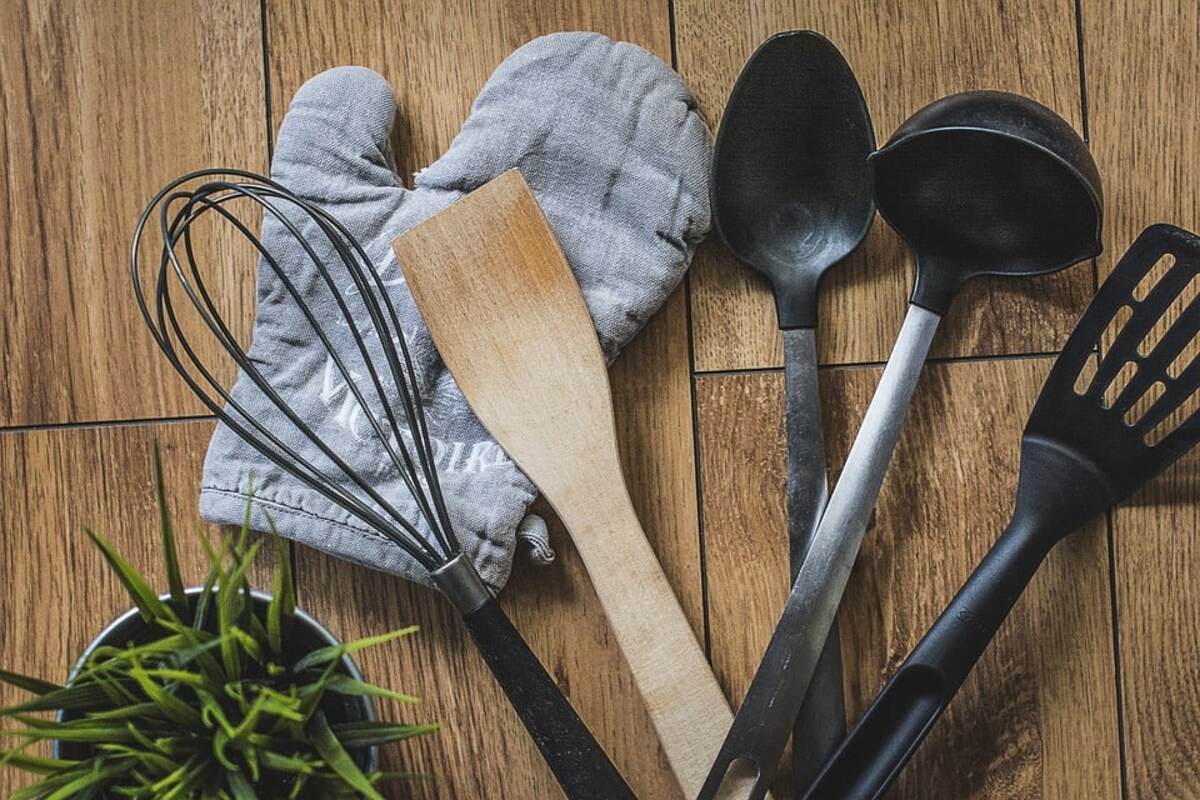best way to pack dishes
The secret of successful transportation without loss is the services of a logistician who can insure fragile cargo and receive compensation if it is destroyed. The carrier company attracts experienced riggers who know how to properly handle this type of cargo and how to pack plates when moving. First of all, you need to prepare a special container:
- cardboard boxes, newspapers, soft wrapping paper, wooden boxes, carton boxes;
- rags, artificial winterize, rubber foam, and other supple insulating materials;
- bubblewrap andfilling gaps with dense cardboard, sturdy paper, foam rubber, and sawdust;
- filling gaps with dense cardboard, sturdy paper, foam rubber, and sawdust;
- broad sticky tape for building.
When packing dishes to move, prepare a few little boxes rather than loading up on one large one. Smaller, lighter goods should be placed on top of the box's bulkier components. Add more stuff to the boxes to fill in the spaces. Make sure all boxes are sturdy, undamaged, and made for the weight being utilized before utilizing them. You can add many layers of sticky tape to the bottom to stiffen it if necessary.
When loading, you can arrange the boxes, taking into account the priority of unloading at a new place. For example, the mark "kitchen" on the container will give information on how to pack plates for moving and where to bring things. Now you know more about how to pack dishes for moving. Pack and stack your dishes ahead of time:
- the best way to pack plates for moving is to reinforce the boxes by laying thick cardboard on their bottoms. For reliability, glue the sides of the container with tape and check the corners;
- wrap porcelain or ceramic bowls and plates with paper (newspaper), place them in boxes in small piles, rewind each with a special film;
- wrap pots, cast irons, and frying pans in packaging material, and put them in a tight bag (another container). Wrap the covers separately so that they are not damaged by impacts;
- use cardboard or paper packaging for forks, knives, and spoons. Stack cutlery in batches, and fix them with duct tape.
Sometimes, using the food's original packaging is insufficient. Many things, including pots and kettles, are simply sold with tags. Therefore, it is advised to use large slices of soft fabric, old sweaters, etc., while packing dishes for moving . At the bottom of the drawer, you may put different metal tools like graters, hammers, garlic presses, etc. Other trifles, pans, napkins, and towels may be placed on top. Even if you have to go to another city, you won't have to worry about your belongings getting destroyed when you move into an apartment. Moving is a difficult task. There are many risks of losing expensive, fragile items. But they can be easily minimized if you use the professional services of a carrier.
Correct sorting is one of the fundamental guidelines for dish packing and shipment . The probability of a quarrel will be decreased by knowing how to pack your dishes. To do this, items must be divided based on their intended use. As a result, it is advised to box each item separately:
- equipment for cooking;
- service, cups, and glasses;
- salad bowls, candy bowls, rosettes, and vases;
- dishes and plates;
- cutlery.
Prepare a lot of stretch film before you start packing . Each item will likely require many wraps to completely enclose it. It is advised to use towels or a blanket to seal the bottom of the box or boxes while packing dishes for moving. After wrapping two or three units, it is recommended to stack the dishes with the ribs. Reduce voids by packing each resulting stack securely. It is recommended to utilize foam or foam rubber pieces if such areas have formed . If using a wooden box is not an option, it is preferable to reinforce the box's walls with cardboard. The box won't shatter and the package won't be harmed if you pack it for dishes.
There are 2 main ways to pack dishes for moving. Each of them has its advantages and disadvantages.
The first way to pack plates is fast, but there is a danger of the dishes beating. Suitable only when you need to transfer a large number of plates of the same size. We recommend packing inexpensive plates and saucers as the best way to pack dishes for moving.
- Next, the "pyramid" of the plates must be wrapped tightly with wrapping film. Please note that wrapping dishes for moving must be done exactly tightly, otherwise, there is a risk of plates beating against each other;
- Next, the resulting slide of plates is wrapped with wrapping paper and placed in a box.
The second best way to pack dishes is slower, but more reliable in terms of the safety of plates when moving. It is better to use it for expensive or especially fragile dishes, such as crystals .
- Each plate is first wrapped in wrapping paper;
- After that, stacks are formed from the plates (3-5 pieces each);
- They are wrapped with a film (ideally - a bubble wrap option).
When the plates are packed, the best way to pack dishes when moving is to stack them on edge in boxes . Between stacks of plates, be sure to lay rags - this will reduce the likelihood of dishes beating against each other with the formation of chips. Now, when you move, you will know for sure how to pack dishes for moving.


